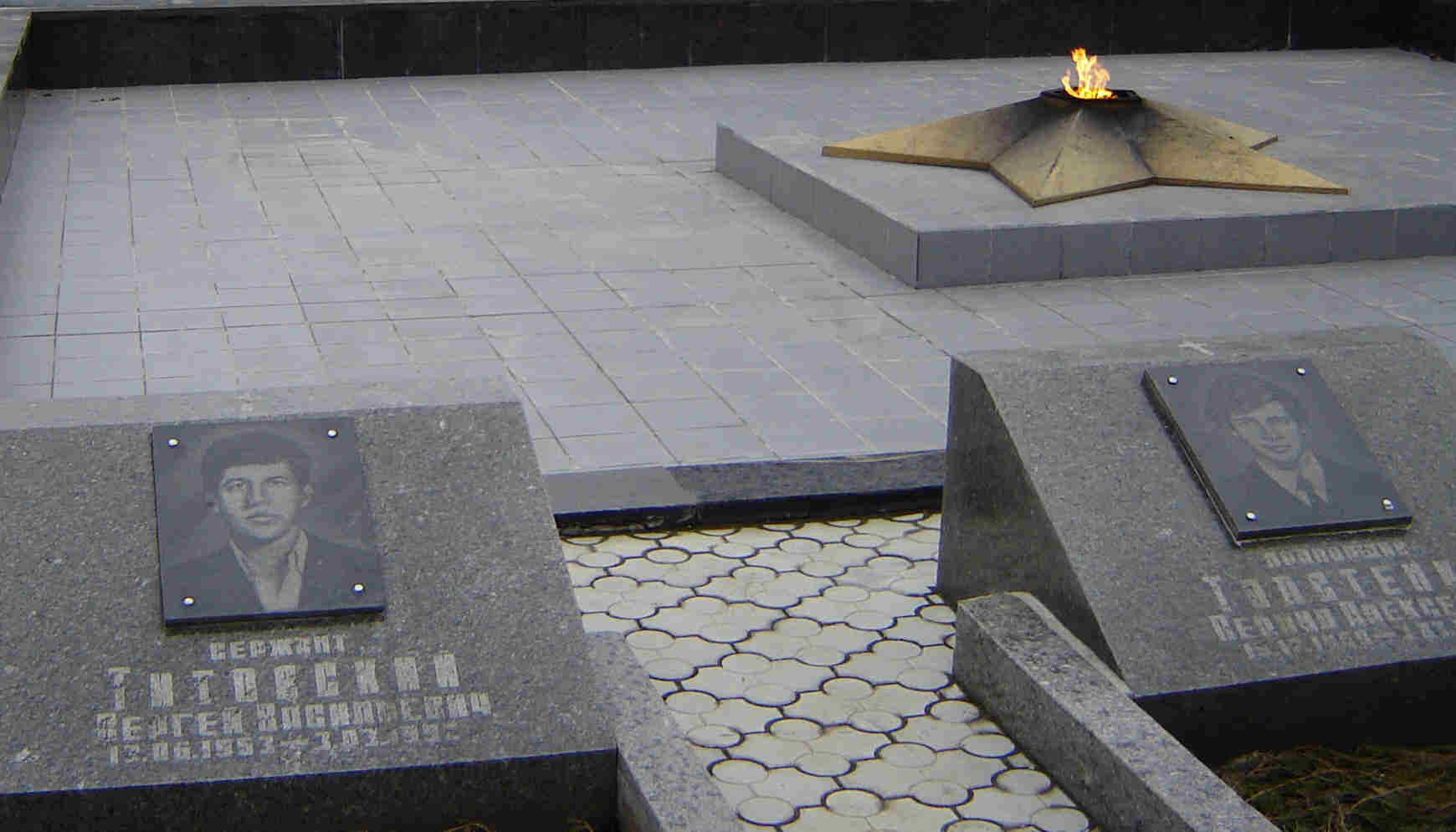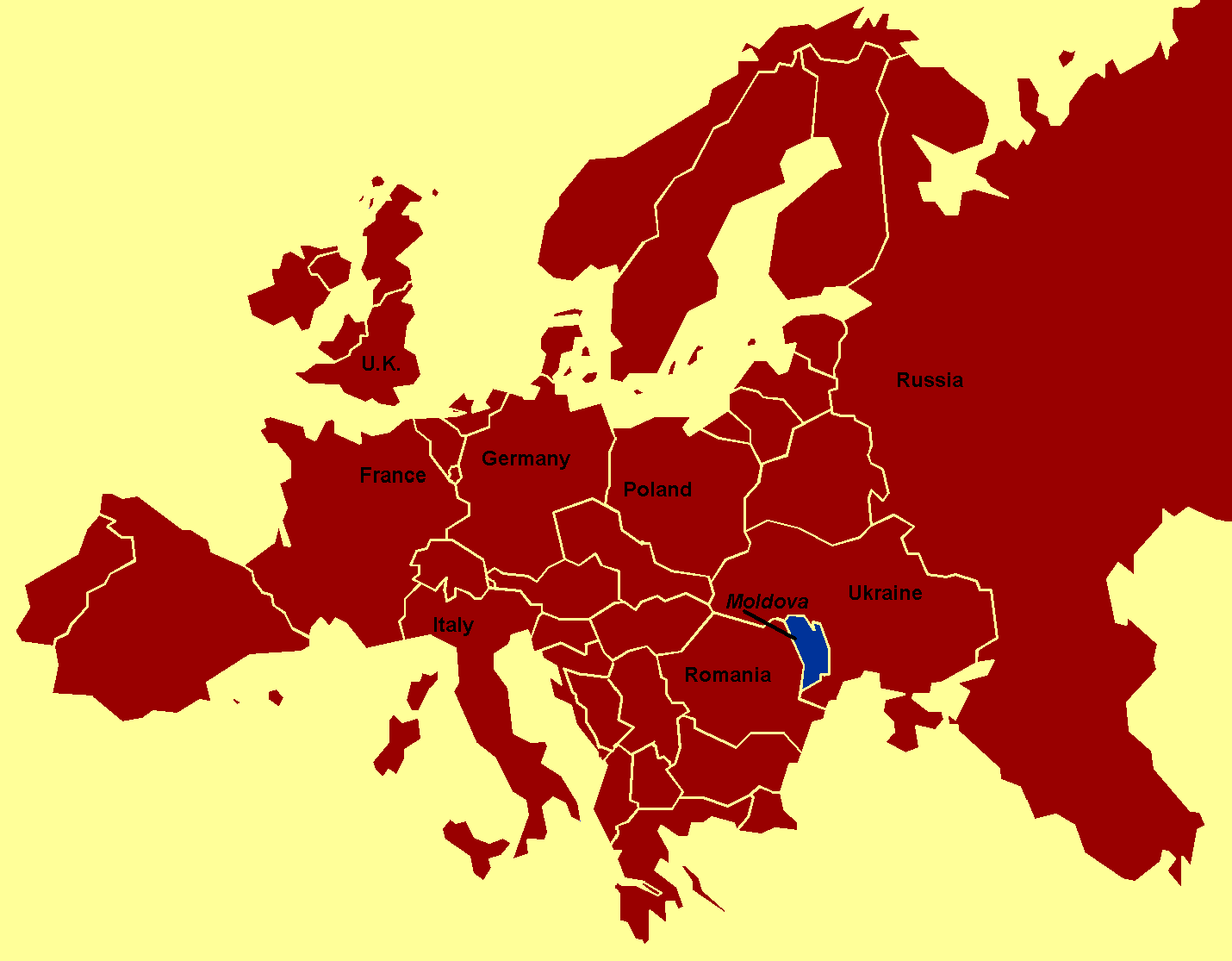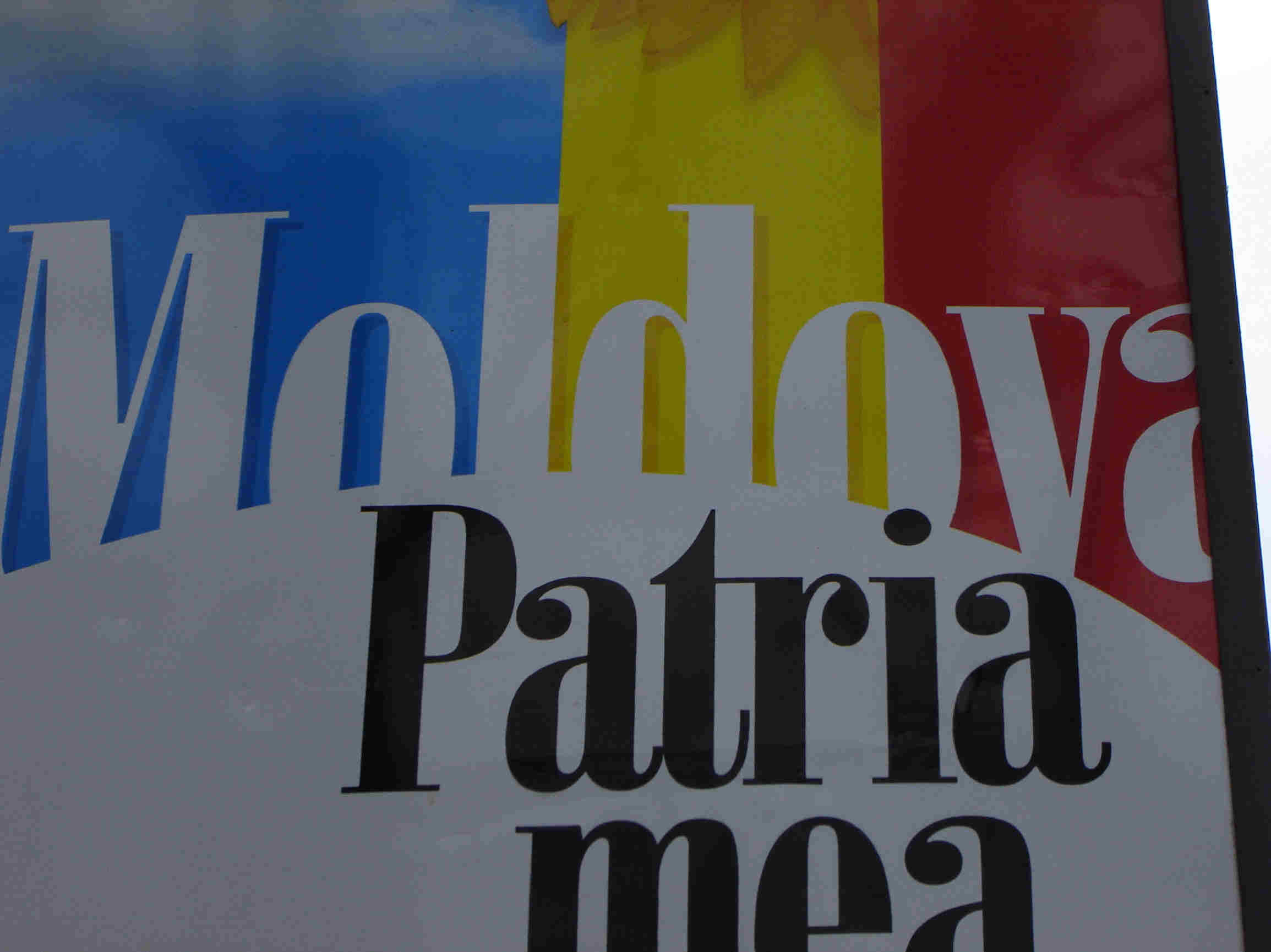| 15 March...Yesterday I visited a place that does not
"Officially" exist...that being the Transneistrian Republic of
Moldova. Guidebooks suggest that visiting "Transneistria" is like
taking a walk through life in the old USSR. The government is
still a communist part run affair and statues of Lenin abound. The
hammer and sickle figure prominently and Soviet styled portraits are
featured prominently in all official buildings. When Moldova declared
and gained its independence from the Soviet Union in the early 1990s,
the political situations was unstable to say the least (as was true in
most of the other Republics) because no one knew what would happen.
Some here wanted Moldova to rejoin Romania (and this sentiment was of
great concern to Russians and Ukrainians in the population).
Others wanted to forge an independent country that was to be both
multi-ethnic and multi-lingual--a sort of federal state. Still
others hoped that a nation with the Russian language as dominant would
be established. Others hoped that Moldova would break into several
countries along ethnic lines.
All over the the Soviet Republics, great efforts had been made to
intermingle and intertwine the peoples and the economies--Soviet leaders
always feared that nationalism would be the downfall of the nation.
Stalin in the 1930s was pedantic in his quest to rearrange peoples
with major resettling efforts eg. Moldovans moved to Kazakhstan or
Armenians resettled to Belarus. Russians were resettled into all
the Republics and Moldova was no exception. As the eastern part of
Moldova was the most industrialized part of the country and this is
where many of the Russians were resettled. Automobiles were never
fully manufactured in a single facility, rather component parts would be
shipped from different places in the Soviet Union and assembled to a
final assembly point. This way, the nation was dependent on its
various parts for survival. Now, fast-forward to the breakup of
the USSR and chaos ensued and the fears of the various ethnicities were
ripe for exploitation by opportunistic politicians.
A short and bloody war was fought in 1992 when Moldova sought to
exert control over the territory. The Soviet (by then Russian) Red
Army still maintained troops and weapons in Transneistria and they came
to the aid of the secessionists. In the end, a truce was signed to
stop the bloodshed and a de facto border was established.
The Transneitrian secessionists set up an old-fashioned Soviet styled
government and printed their own money and began to control their own
"borders." No nation, not even Russia, recognized the new
government--officially the land is a part of Moldova by international
law. However, Russian troops remain and for almost 15 years the
Transneistrian government has regulated the territory.
Transneistria is a major frustration for the Moldovan government.
First, the major industrial production centers of the nation are in
Tiraspol (the capital of Transneistria) and Bendery (a "twin" city to
Tiraspol)--this deprives the Moldovan government of its ability to
recover taxes from these areas. Second, all sorts of illegal
commerce emerged in the area including gun smuggling, drug trafficking,
and non-taxed trade in goods such as alcohol. Some individuals in
Transneistria have profited handsomely from its unusual status--and they
are not interested in repatriation with Moldova (even if a form of
federalism were allowed to the region).
Today, relations are more tense because Ukraine has decided to refuse
to allow exports from Transneistria unless they have an official
Moldovan customs seal--the Transneistrian government refuses to pay the
duties and affix the seal claiming that it is a sovereign state.
Since Transneistria's only outlet, besides Moldova, is Ukraine--this has
increased tensions. The U.S. Embassy has worked to have positive
relations throughout Moldova and since this region is Moldovan by
international convention, cultural and educational exchanges are
encouraged and fostered--so I got to go. We were invited to speak
at the Transneistrian University in Tiraspol and were allowed to meet
with several university officials. Our hosts at the universities
gave several long speeches that outlined Transneistria's right to
sovereignty and treated us to a delicious lunch with several toasts of
cognac--this is the good stuff.
Transneistria is perplexing--other similar situations exist in
Armenia, Georgia, and even Russia (think about Chechnya). I was
asked by a young woman at my lecture what the U.S. government's
intentions were regarding the border. Since I had mentioned that
Condoleeza Rice and I both grew up in Birmingham in my talk, I replied,
"despite the fact that Secretary Rice and I grew up in the same city--I
do not know what her thoughts are on the issue--we actually don't talk very often."
The students laughed...and then I said "I hope that the people here and
all over the region will prosper and be happy because they are good
people." I truly meant that--I do hope for the happiness and
prosperity of people here, no matter where they live. |
|
 Lenin stands proudly in front of the Supreme Soviet of the
Transneistrian Republic of Moldova.
Lenin stands proudly in front of the Supreme Soviet of the
Transneistrian Republic of Moldova.
 The
Transneistrian coat of arms over the flag. The
Transneistrian coat of arms over the flag.
 Our
delegation to Transneistria--(l to r) Dan, me, John Bailan (the new
Public Affairs Officer at the embassy), Patricia, Irina, Marcella, and
Fern--in front of the 1992 War Memorial. Our
delegation to Transneistria--(l to r) Dan, me, John Bailan (the new
Public Affairs Officer at the embassy), Patricia, Irina, Marcella, and
Fern--in front of the 1992 War Memorial.
 Memorial to those slain in the 1992 conflict--flame represents the
"unknown soldier".
Memorial to those slain in the 1992 conflict--flame represents the
"unknown soldier".
|


 Lenin stands proudly in front of the Supreme Soviet of the
Transneistrian Republic of Moldova.
Lenin stands proudly in front of the Supreme Soviet of the
Transneistrian Republic of Moldova. The
Transneistrian coat of arms over the flag.
The
Transneistrian coat of arms over the flag. Our
delegation to Transneistria--(l to r) Dan, me, John Bailan (the new
Public Affairs Officer at the embassy), Patricia, Irina, Marcella, and
Fern--in front of the 1992 War Memorial.
Our
delegation to Transneistria--(l to r) Dan, me, John Bailan (the new
Public Affairs Officer at the embassy), Patricia, Irina, Marcella, and
Fern--in front of the 1992 War Memorial. Memorial to those slain in the 1992 conflict--flame represents the
"unknown soldier".
Memorial to those slain in the 1992 conflict--flame represents the
"unknown soldier".
